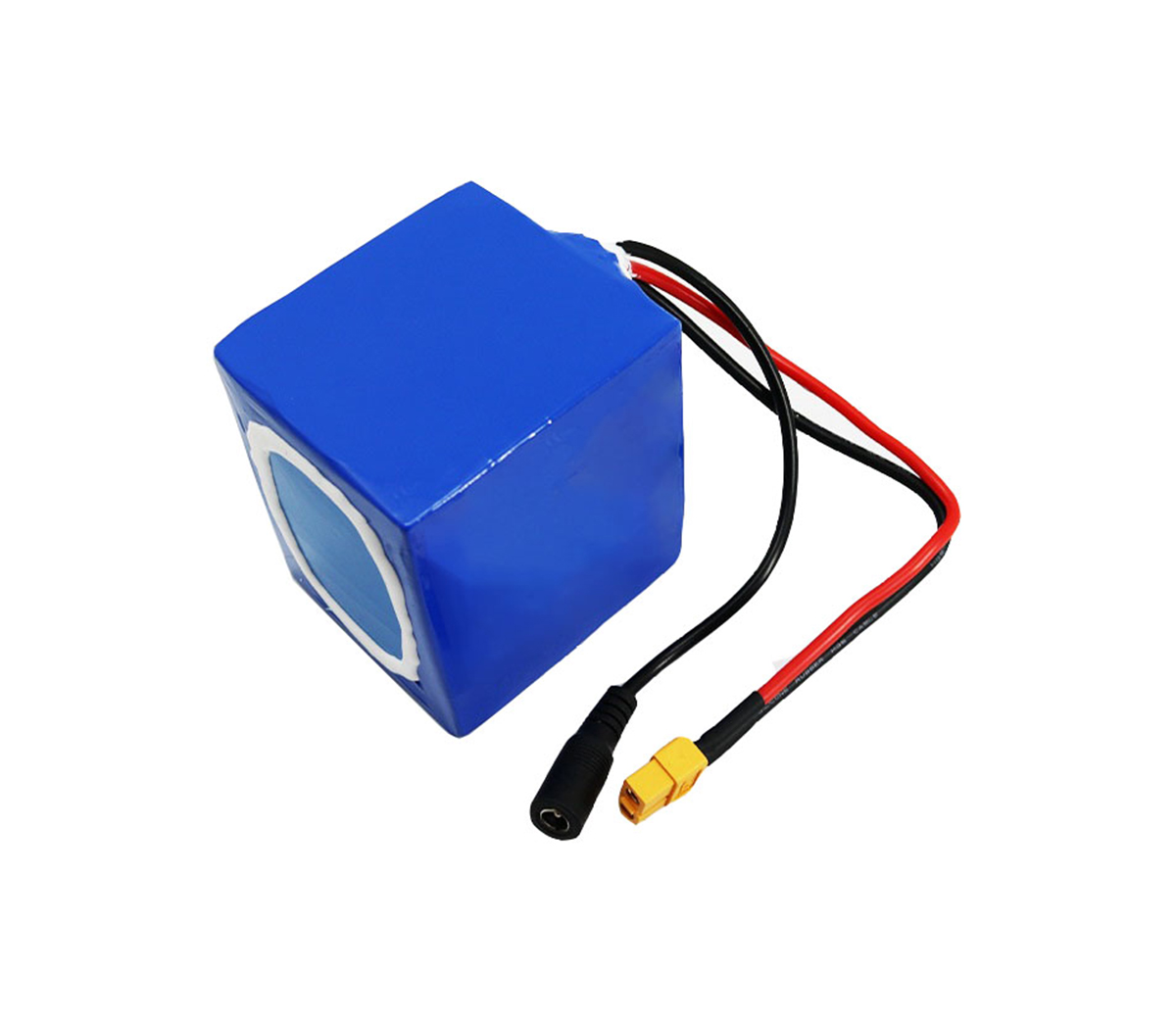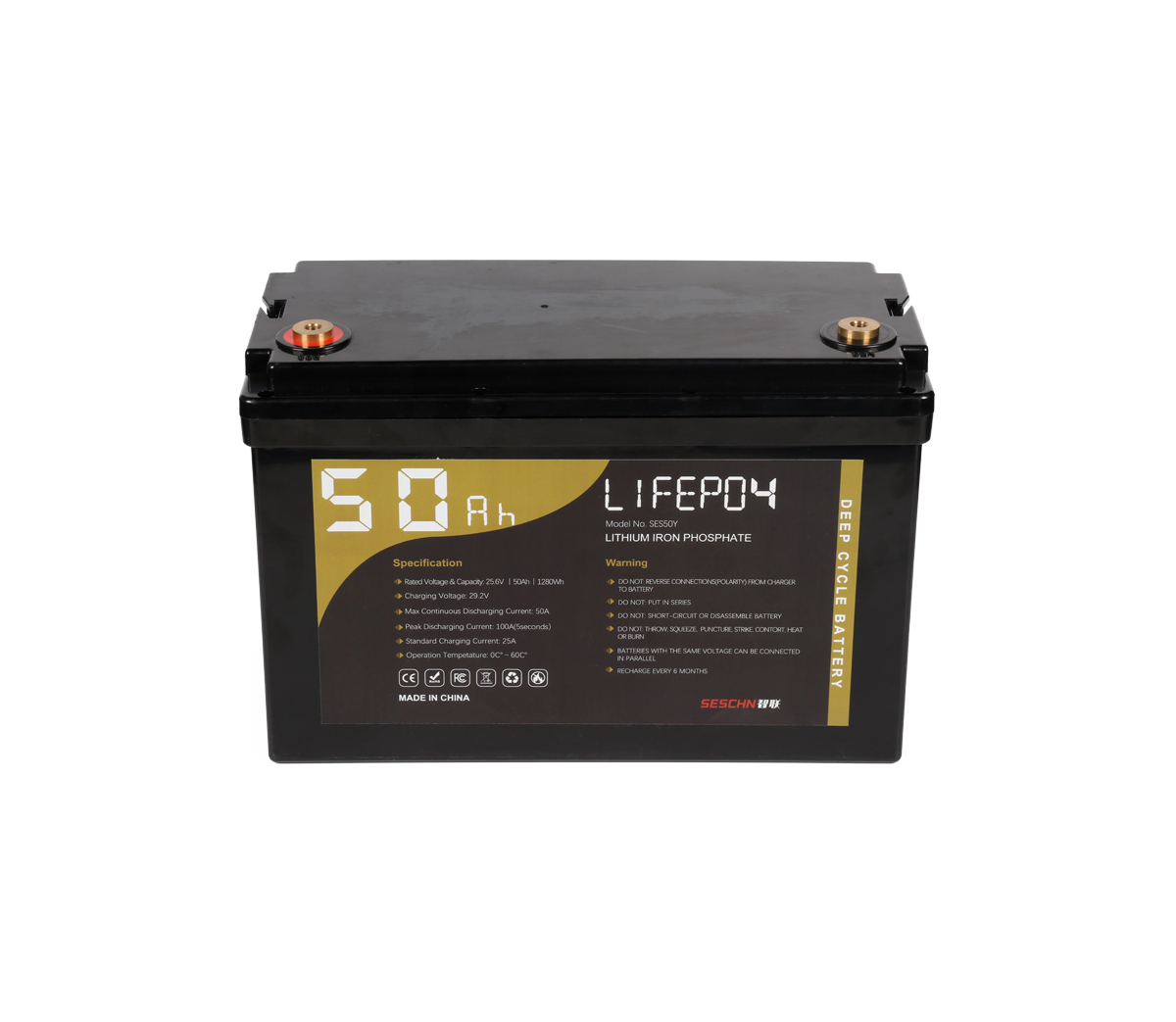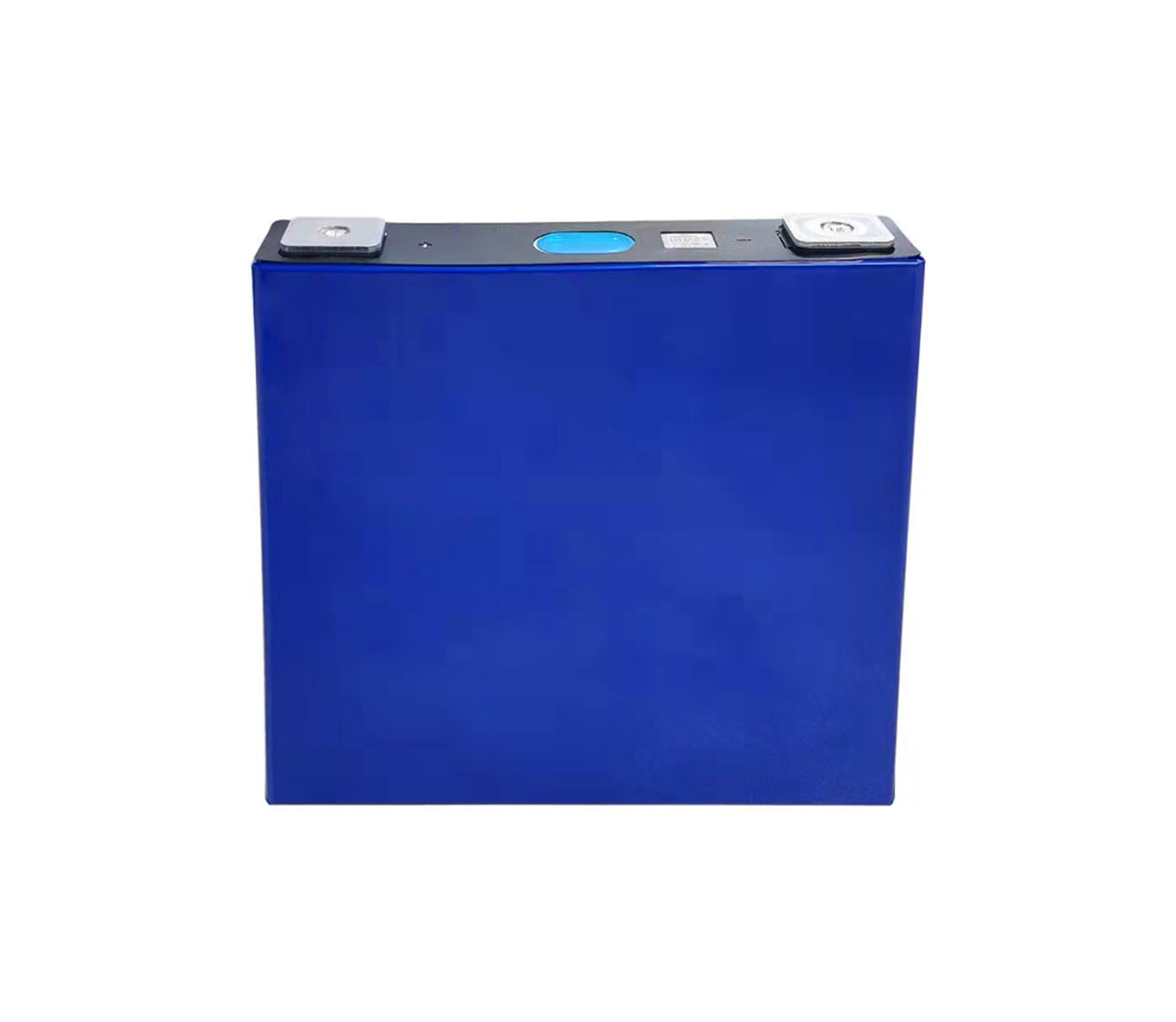An important parameter of lithium-ion batteries is the self-discharge
ratio, which is generally explained by the industry in accordance with the
monthly consumption capacity ratio under normal static conditions. This
parameter is a key parameter to examine the consistency of lithium-ion
batteries, and it is also a parameter that needs to be considered in the
assembly and replacement of lithium-ion batteries. The reason is very simple. In
the actual application process, the environment and use conditions are far more
difficult than laboratory conditions. Being complex and harsh, this magnifies
the effect of self-discharge parameters.
As a supplier of customized lithium-ion batteries for 20 years, SES Power
has developed and produced many lithium-ion batteries for different
applications, such as the lead-acid replacement product 12V100Ah made of square
aluminum-shell lithium iron phosphate batteries. , 24V100Ah, 12V200Ah, 3kwh,
5kwh, 10kwh wall-mounted smart home energy storage system, rack-mounted energy
storage system, split combined high-voltage power lithium battery system, polar
lithium battery that can withstand -60 degrees Celsius, starting current up to
2000CCA starter batteries, customized metal shell lithium iron phosphate
batteries, etc., these are very high capacity and high voltage lithium ion
battery pack products, so we have more strict research and requirements on
self-discharge parameters than others. The following is a brief introduction by
our senior engineers on how to measure the self-discharge of lithium-ion
batteries.
The measurement methods are mainly divided into two categories: 1) the
stationary measurement method, which obtains the self-discharge rate by standing
the battery for a long time; 2) the dynamic measurement method, which realizes
the parameter identification of the battery in the dynamic process.
The current mainstream lithium-ion battery self-discharge measurement
method is static measurement: under certain environmental conditions, the
battery is left to stand for a long time, and the change of battery parameters
before and after standing is measured to indicate the self-discharge degree of
the lithium-ion battery. . According to the different measurement parameters,
static measurement is mainly divided into three categories: capacity
measurement, open circuit voltage measurement and current measurement.
1. Volume measurement
Before the battery is left standing for a long time, the battery is charged
and discharged once, and the discharge capacity Q0 before standing is recorded.
After standing, the battery was discharged in the same way, and the discharge
capacity Q after standing was recorded.

According to formula (7), the self-discharge rate η of the battery can be
calculated. The battery is charged and discharged again in the same way, and the
discharge capacity Q1 of the battery after the cycle is recorded. According to
equations (8) and (9), the reversible self-discharge amount Qrev and the
irreversible self-discharge amount Qirr of the battery can be calculated
respectively. This method is shown in the figure below.
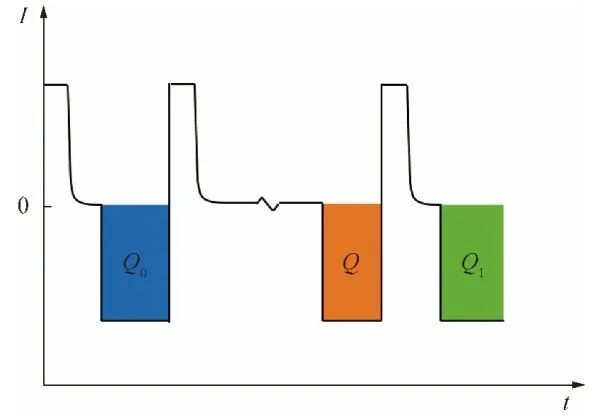
The International Electrotechnical Commission (IEC) "Accumulators and
accumulators containing alkaline or other non-acid electrolytes: Portable
secondary lithium batteries and accumulators" (IEC 61960) stipulates that
batteries in a 50% SOC state will be Stored at ambient temperature (20±5)℃ for
90d, the discharge capacity of the battery after recharging should not be less
than 85% of the rated capacity. The electric vehicle battery test manual issued
by the US Automotive Research Council (USCAR) stipulates that the actual power
corresponding to the battery working range should be measured before the
measurement: after the battery is discharged at a C/3 rate of 50% of the
available power, the ambient temperature is 30%. Store at ℃ for 30 d, and
measure the discharge capacity of the battery after recharging.
The Performance Requirements and Test Methods for Power Batteries for
Electric Vehicles (GB/T 31486) issued by the Standardization Administration of
China (GB/T 31486) is similar to the IEC standard, and specifies the test
procedures for the measurement of charge retention and capacity recovery
capabilities. Taking the room temperature test as an example, the battery is
stored at room temperature for 8 days, and the charge retention rate is required
to be no less than 85% of the initial capacity, and the capacity recovery is no
less than 90% of the initial capacity.
2. Open circuit voltage measurement
Open circuit voltage measurement is to express the degree of self-discharge
of lithium-ion batteries by directly measuring the change of open circuit
voltage during battery standing. The advantage of this method is that it is
simpler and less time-consuming than measuring capacity; the disadvantage is
that for lithium-ion batteries (such as LFP batteries) with a long voltage
plateau on the open circuit voltage-SOC curve, in a large SOC range, The battery
voltage change is small, and it is difficult to characterize the degree of
self-discharge by measuring the open-circuit voltage, that is, the method has a
certain scope of application.
3. Current measurement
The lithium-ion battery is charged with a small current to keep the voltage
of the battery unchanged, and the charging current value when it is stable is
the self-discharge current. According to research, the tiny current may not
stabilize for several months, and the stabilization time of different designs of
batteries is not the same. Generally, the recommended measurement time is at
least one week.
This method has similar problems to the method of measuring open-circuit
voltage, namely, the validity of this method is challenged for lithium-ion
batteries (mainly lithium iron phosphate batteries) with a long voltage plateau.
In addition, since the self-discharge current of lithium-ion batteries is
extremely small, generally C/50000 or lower, to apply and measure this tiny
level of current requires higher requirements for experimental instruments.
Taken together, the above three methods are very time-consuming, and the
experimental time span ranges from one day to dozens of days. The shortening of
the measurement time in the current measurement scenario requires high equipment
costs.
In order to shorten the measurement time, save space resources and human
resources, researchers have introduced dynamic testing methods.
Change conditions such as ambient temperature and battery SOC
Such changes can greatly speed up the self-discharge rate, allowing
relatively large changes in the measured parameters in a relatively short period
of time. Although this method saves the experiment time, it also accelerates the
aging of the battery and increases the damage to the battery.
Modeling the equivalent circuit of a lithium battery
On the basis of the existing relatively mature equivalent circuit model of
lithium-ion battery, the self-discharge resistance is introduced, and the
self-discharge rate of lithium-ion battery is measured in the dynamic process
through different parameter identification methods.
We can simplify the lithium-ion battery into a first-order
resistor-capacitor (R-C) equivalent circuit, apply the same charge and discharge
current to the lithium-ion battery and the equivalent circuit, and adjust the
parameters of the equivalent circuit according to the difference in output
voltage until the two the difference approaches zero, and the self-discharge
resistance value of the lithium-ion battery is obtained.
For example, we can simplify the battery to the equivalent circuit shown in
the figure below. Among them: Rp,i is the electrochemical reaction resistance,
Cp,i is the electric double layer capacitance, Rself is the self-discharge
resistance, and C is the battery equivalent capacitance. By applying a
short-time current pulse to the lithium-ion battery, measuring the voltage
change during the subsequent resting process, and further analyzing the
self-discharge resistance value. This method only considers the dominant
reaction in each stage during standing, which decouples the complex reaction
mechanism, reduces the amount of calculation and shortens the measurement
time.
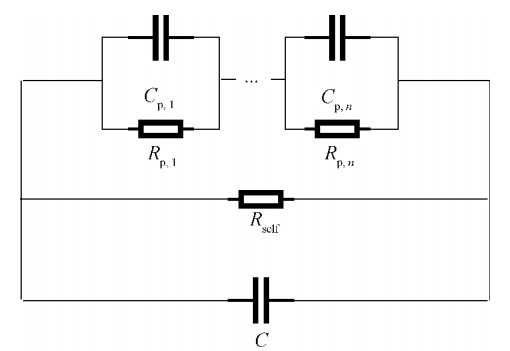
Specifically, the overvoltage recovery plays a leading role in the initial
period of standing, and the self-discharge of the battery at the end of the
standing period plays a leading role. The time constant of self-discharge can be
analyzed by the data at the end of the static period, and then the voltage drop
caused by the self-discharge in the overvoltage recovery period can be
compensated, and the equivalent capacitance of the battery can be solved, and
finally the self-discharge resistance value can be obtained.
This method can obtain the self-discharge resistance of lithium-ion
batteries within 10-48 hours, which saves a lot of time compared with the
traditional method, but still needs to consume a lot of standing time in order
to observe the stage where self-discharge plays a leading role.
Statistical methods for outlier identification of parametric and depletion
effects
The parameter effect means that due to the existence of the short-circuit
resistance, the measured open-circuit voltage and internal resistance have a
certain deviation from the actual value; the consumption effect means that due
to the existence of the short-circuit resistance, the energy stored in the
battery is continuously consumed, and the battery SOC continues to decrease. It
will cause the actual value of the battery open circuit voltage and internal
resistance to have a certain deviation from the normal value.
In the battery difference model shown in equations (10) and (11): Ei is the
open circuit voltage of the battery, Ri is the internal resistance of the
battery, and Ui and I are the measured battery voltage and current,
respectively. The values of ΔEi and ΔRi are obtained by the recursive least
square method, and finally the abnormal parameters exceeding the threshold are
identified by statistical methods, so as to judge whether the battery has an
internal short circuit. When the short-circuit resistance is 100Ω, the method
can realize the identification of the internal short circuit within 4h43min.

SES Power finally summarizes for you: By analyzing the measurement methods
of static measurement and dynamic measurement of the self-discharge rate of two
types of lithium-ion batteries, the main conclusions drawn include the following
three points:
1. Side reactions occurring at the interface of negative
electrode/electrolyte and positive electrode/electrolyte are the main sources of
self-discharge of lithium-ion batteries. Self-discharge can be suppressed by
modifying the surface of positive electrode and adding additives to negative
electrode and electrolyte. happened.
2. During the storage process of the battery, it should be avoided to be in
a too high or too low SOC state, and the ambient temperature and humidity should
be kept within a relatively low range.
The current mainstream self-discharge measurement method is static
measurement based on long-term static experiments. The biggest problem of this
type of method is that the measurement time is too long, resulting in a huge
waste of space and human resources. Researchers have proposed some dynamic
measurement methods combined with equivalent circuit models for parameter
identification, and these methods have made some progress in shortening the
measurement time. Through the innovative experimental design, the decoupling and
identification of self-discharge in the dynamic process is completed, which is
the key path and development direction to realize the rapid measurement of
self-discharge in the future.













